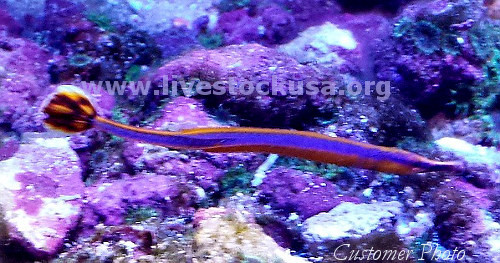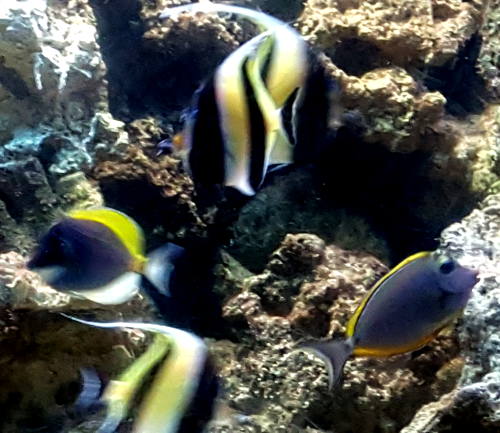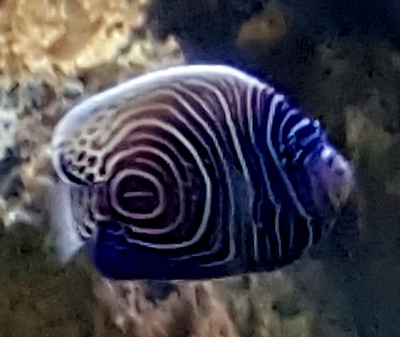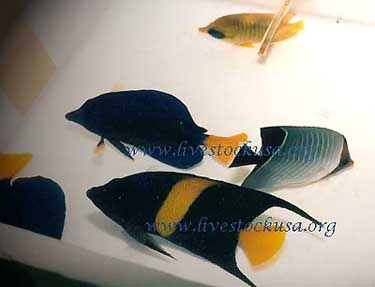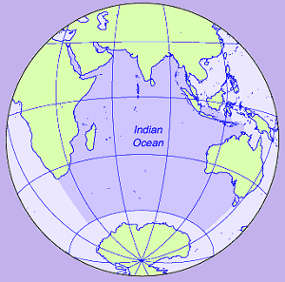

| Indian Ocean Version | Pacific Ocean Version |
|---|---|
| Blonde Naso Tang | Naso Tang |
| Desjardini Sailfin Tang | Veliferum Sailfin Tang |
| Coris formosa | Coris gaimard |
| Blue Bird Wrasse | Green Bird Wrasse |
| Gold-stripe Maroon Clownfish | White-striped Maroon Clownfish |
| Yellow-bellied Blue Tang | Blue-bellied Blue Tang |
| Yellow Teardrop Butterfly | Mostly white Teardrop Butterfly |
| Yellow-bellied Regal Angel | White-bellied Regal Angel |
| Orange-tailed Imperator Angel | Yellow-tailed Imperator Angel |
| Blue-eyed fem. Squami Anthias | Dark-eyed fem. Squami Anthias |
